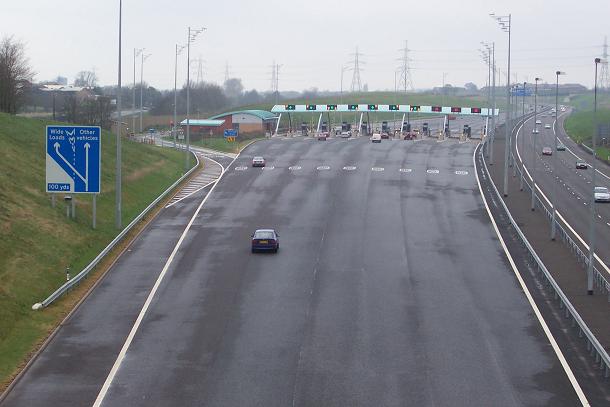 When you decide to visit the UK, one of the best means of transport you can choose to use in the country is driving a rented car. This gives you increased flexibility as to where you want to travel to and when you can do so, which will definitely come in handy especially if you have an itinerary that is not casted in stone.
When you decide to visit the UK, one of the best means of transport you can choose to use in the country is driving a rented car. This gives you increased flexibility as to where you want to travel to and when you can do so, which will definitely come in handy especially if you have an itinerary that is not casted in stone.
However, if you opt to drive in the country, it would be important for you to understand the differences in driving regulations between Thailand and the UK. There are a few regulations that you should always familiarize yourself with when you opt to do this, including:
Your eligibility to drive in the UK
For you to drive in the country, you will need to have the right papers for this. The law stipulates that you can drive using a foreign international driving licence for up to one year, but that you will have to stick to the car class that is indicated in your license. For instance, if your Thai driving license allows you to drive only saloon cars, you will only be allowed to drive the same class of car in the UK. After one year of driving on your international licence you will need to pass a UK driving test which will most likely require a series of driving lessons from a qualified UK instructor as the UK driving test is more stringent than the Thai driving test. There is also a theory test and ‘show me – tell me’ section to the test.
Familiarizing yourself with speed limits
There are different speed limits in the country, and most are usually enforced vigorously in order to keep the roads safe. The maximum speed limit on the highways is 70 MPH, but there are other speed limits that apply to other areas such as built up regions. It’s important that you learn how to identify this so that you don’t end up being fined.
You will need other documentation in order to drive in the country
In addition to the driving license, you will also need to pay road tax and to have car insurance in order to be allowed to drive in the country. If you are hiring a car, it would be a good idea for you to ask the company you are hiring from for the details on how to apply for these in advance, or are these included in the car rental package that you will be paying for.
Learn how to use the roundabout properly
The roundabout is an excellent traffic control tool, but it tends to be a bit confusing to some people. The UK legal requirement in a roundabout is that once you pick a lane, you need to stay in it until you are out on the other end. In addition to that, you should always give way to traffic from the right. Click here to learn how to use roundabouts properly in the UK.
These are just some of the legal regulations that you need to be very clear about so as to make it easier for you to drive around the country with ease. There would be other regulations you need to know but the above mentioned are the most important ones.






